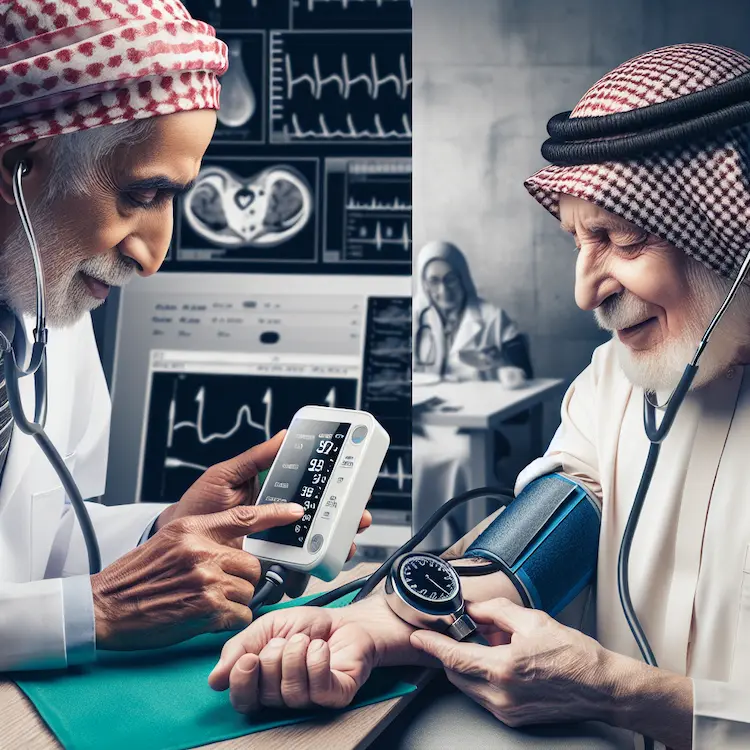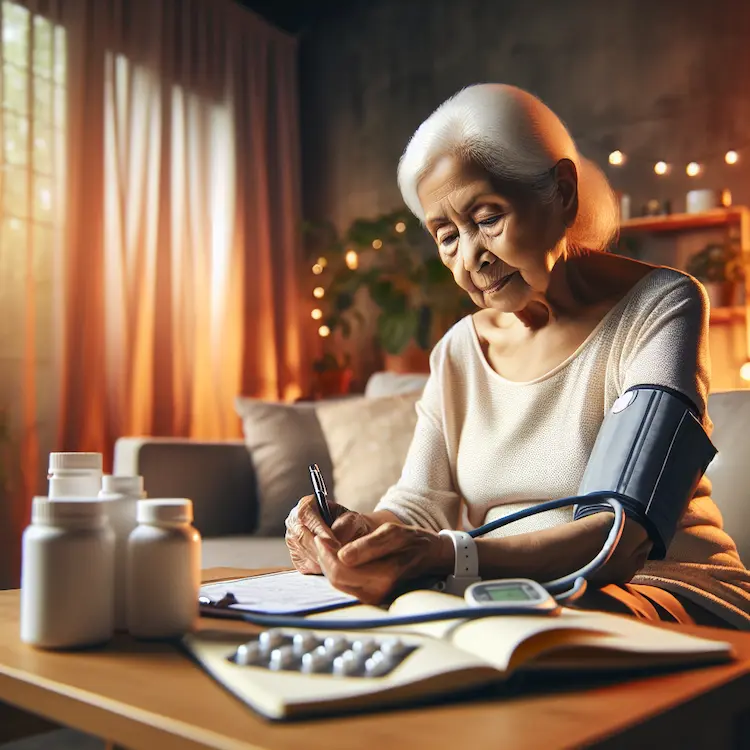Blood pressure monitoring is a crucial aspect of healthcare for older adults, as hypertension becomes increasingly prevalent with age. In the geriatric population, accurate blood pressure measurement is essential for proper diagnosis, treatment, and management of cardiovascular health. This article explores the various methods of blood pressure monitoring in geriatrics, their importance, and best practices for implementation.
Hypertension is exceptionally common among older adults. According to studies, approximately 60% of the population has hypertension by 60 years of age, and this prevalence increases to about 65% in men and 75% in women by age 70. As the global population continues to age, with projections indicating that 25% of the United States population will be 65 years or older by 2060, the prevalence of hypertension is expected to rise significantly.

Accurate blood pressure measurement in the elderly is crucial for several reasons:
Proper blood pressure monitoring can help prevent cardiovascular events, reduce mortality, and improve overall quality of life for older adults.
Office blood pressure measurement remains a standard practice in clinical settings. However, it has limitations, particularly in the elderly population:
Home blood pressure monitoring has gained recognition as an essential tool for managing hypertension in older adults. Benefits of HBPM include:
A study found that 55% of older adults with hypertension or blood pressure-related conditions used a home blood pressure monitor. However, only about half of those who owned a monitor shared their results with clinicians, indicating a need for better education and protocols for data sharing.
Ambulatory blood pressure monitoring is considered the gold standard for blood pressure assessment in geriatrics. ABPM involves wearing a portable device that measures blood pressure at regular intervals over 24 hours. Key advantages of ABPM include:
Studies have shown that ABPM is particularly valuable in the elderly population. The PROOF study demonstrated that while 58% of patients over 65 had elevated clinical blood pressure, only 31% had diurnal systolic blood pressure >135 mmHg by ambulatory monitoring.
| Method | Advantages | Limitations |
|---|---|---|
| Office BP | – Widely available – Established clinical norms |
– White coat effect – Limited snapshot of BP |
| Home BP | – Patient engagement – Multiple readings over time |
– Requires patient training – Device accuracy concerns |
| ABPM | – Comprehensive 24-hour profile – Detects nocturnal patterns |
– More expensive – May be uncomfortable for some patients |
Several challenges exist in blood pressure monitoring for older adults:

Recent advancements in blood pressure monitoring technology offer promising solutions for geriatric patients:
While these technologies show potential, further validation studies are needed to ensure their accuracy and reliability in the geriatric population.
Accurate blood pressure monitoring is crucial for managing cardiovascular health in older adults. While office measurements remain important, home blood pressure monitoring and ambulatory blood pressure monitoring offer significant advantages in detecting and managing hypertension in the geriatric population. Healthcare providers should consider incorporating these methods into their practice, educating patients on proper technique, and developing protocols for data sharing and interpretation. By leveraging a combination of monitoring methods and emerging technologies, we can improve hypertension management and reduce cardiovascular risk in older adults.